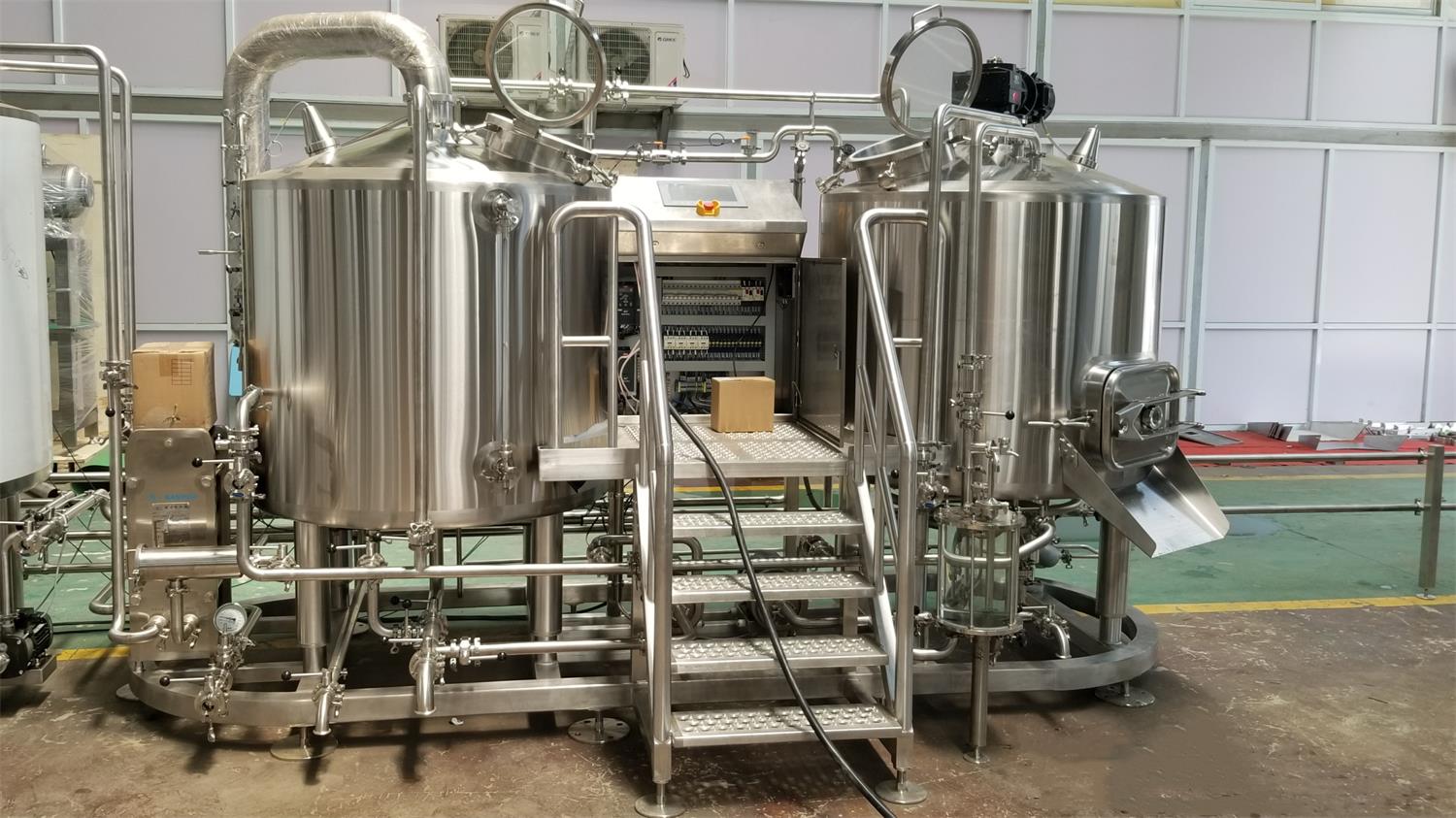Conical Fermentation Tanks: Benefits, Usage, and Tips
Overview
Conical fermentation tanks, the rockstars of brewing equipment, are gaining immense popularity among homebrewers and professionals alike. These tanks, known for their cone-shaped bottoms, offer a plethora of benefits that elevate the brewing process. Whether you’re a craft beer enthusiast or a seasoned brewer, understanding these tanks—their advantages, functionality, and best practices—can transform your brewing game.
This guide delves into everything you need to know about conical fermentation tanks, comparing them to flat-bottom tanks, showcasing top models of 2025, and answering your burning questions. Let’s explore!
What is a Conical Fermentation Tank?
A conical fermentation tank is a specialized brewing vessel with a cone-shaped bottom. This design allows sediment (like yeast and trub) to settle at the bottom during fermentation. The tank’s geometry makes it easy to separate the liquid beer from the sediment without transferring the beer to a new vessel, streamlining the brewing process.
Key Features:
- Cone-Shaped Bottom: Enables efficient sediment collection.
- Valves and Ports: Allow for easy removal of trub and sampling of beer.
- Material: Commonly stainless steel, ensuring durability and hygiene.
- Temperature Control: Many tanks come with integrated cooling jackets or ports for thermometers.
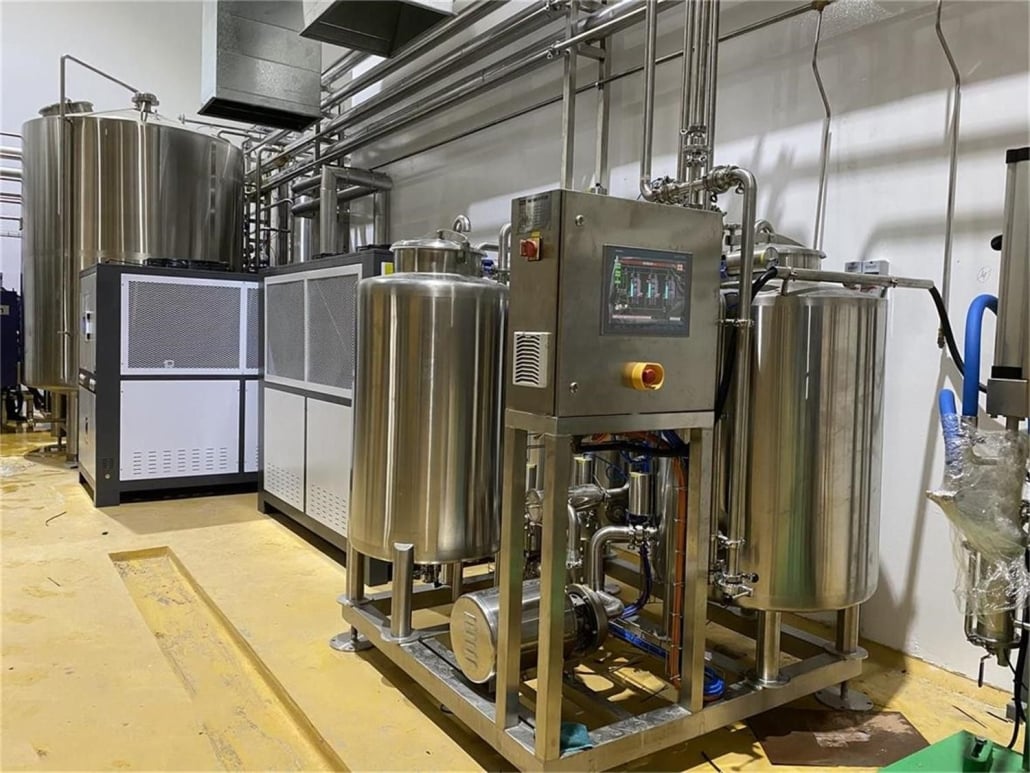
Advantages of Conical Fermentation Tanks
Why are brewers raving about conical fermenters? Let’s dive into their standout benefits:
1. Enhanced Sediment Removal
The cone bottom collects sediment naturally, letting you remove it through a valve without disturbing the beer. Say goodbye to messy transfers and hello to cleaner brews.
2. Better Beer Quality
By minimizing exposure to oxygen during sediment removal, conical tanks reduce the risk of contamination. This means fresher, more vibrant flavors in every pint.
3. Time-Saving Design
Conical tanks eliminate the need for secondary fermenters. You can perform primary fermentation, sediment removal, and conditioning all in one vessel. Less hassle, more brewing.
4. Long-Term Durability
Most conical tanks are made from stainless steel, a material known for its resistance to corrosion and ease of cleaning. It’s a long-term investment that pays off.
How to Choose the Right Conical Fermentation Tank
Choosing the perfect conical fermenter depends on several factors, from your brewing goals to your budget. Here’s what you need to consider:
1. Batch Size
Consider the volume of beer you typically brew. Tanks range from small 1-gallon models for hobbyists to massive 10-barrel tanks for commercial operations.
2. Material
While stainless steel is the gold standard, some affordable models use plastic. Stainless steel offers superior durability, hygiene, and temperature control.
3. Features
Look for:
- Pressure Compatibility: If you’re into pressure fermentation, ensure the tank can handle it.
- Cooling Options: Integrated cooling jackets or ports for external temperature control systems.
- Ease of Cleaning: Tanks with CIP (clean-in-place) systems simplify maintenance.
4. Budget
Conical fermenters can range from $100 for entry-level plastic models to $5,000+ for commercial-grade stainless steel tanks. Define your budget and choose accordingly.
Conical Fermentation Tanks vs. Flat-Bottom Tanks
| Feature | Conical Fermentation Tanks | Flat-Bottom Tanks |
|---|---|---|
| Sediment Removal | Easy via bottom valve | Requires siphoning |
| Oxygen Exposure | Minimal | Higher risk during transfers |
| Durability | Typically stainless steel | Varies (glass, plastic, etc.) |
| Cost | Higher upfront cost | More affordable |
| Cleaning Ease | Simplified with CIP systems | Can be challenging |
| Batch Sizes | Wide range available | Limited for larger batches |


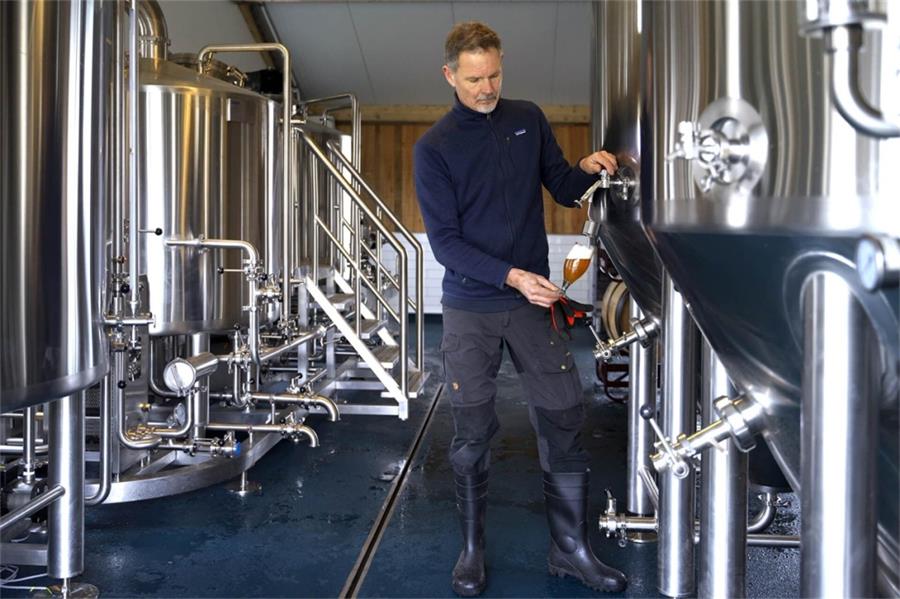
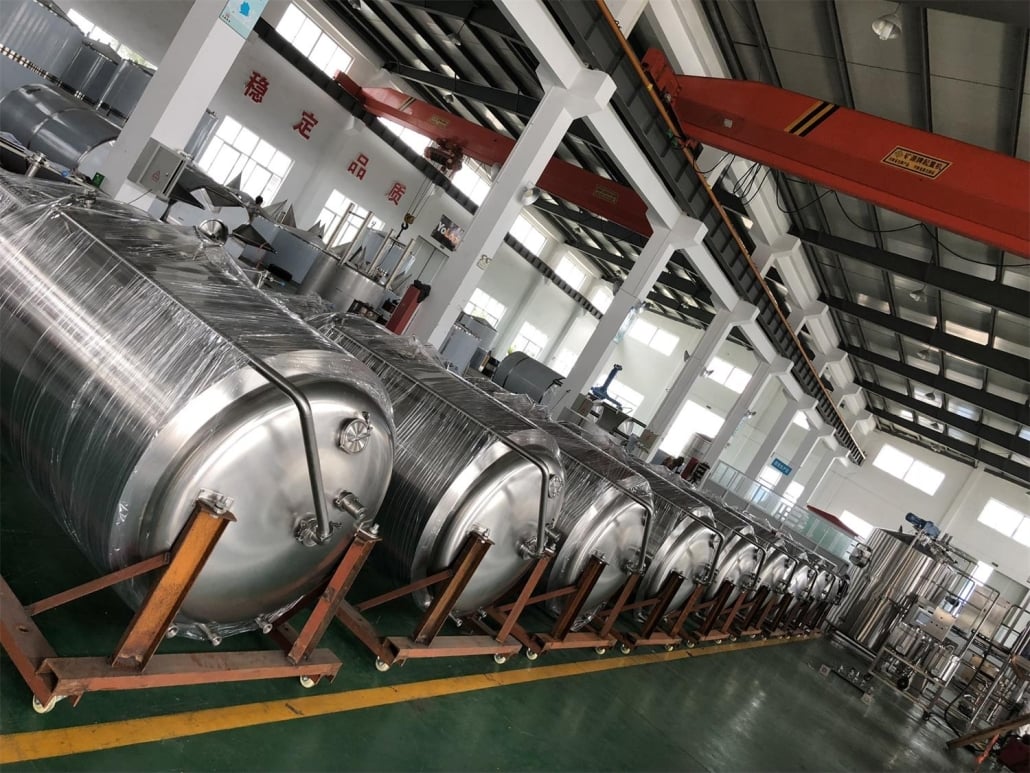
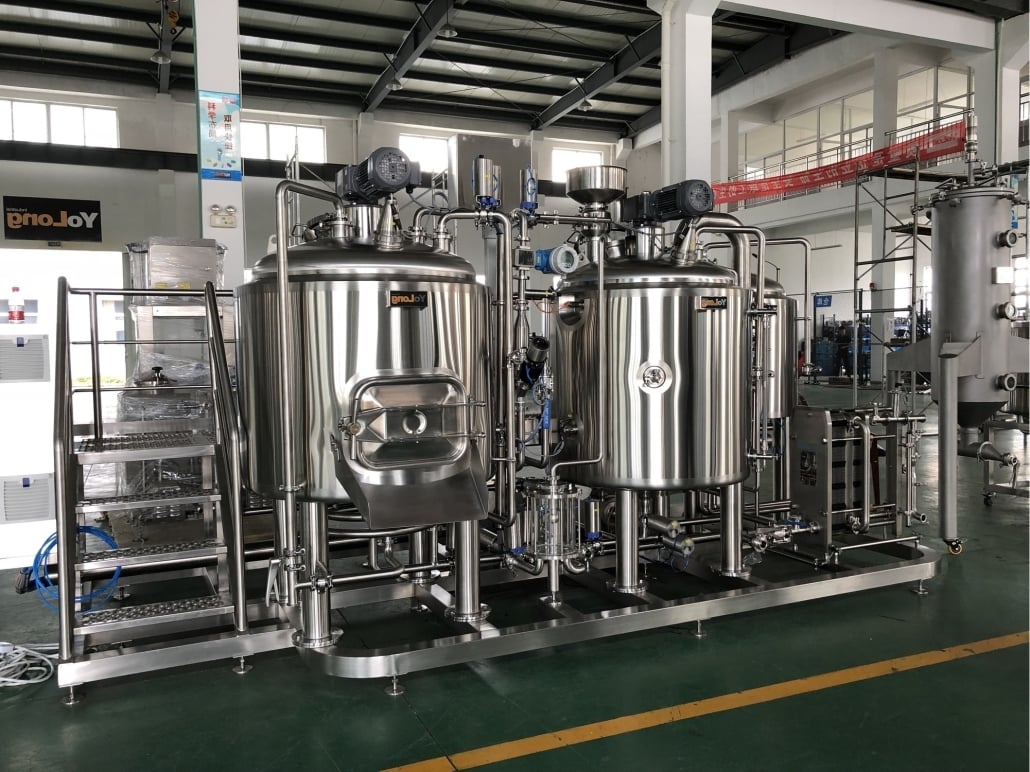
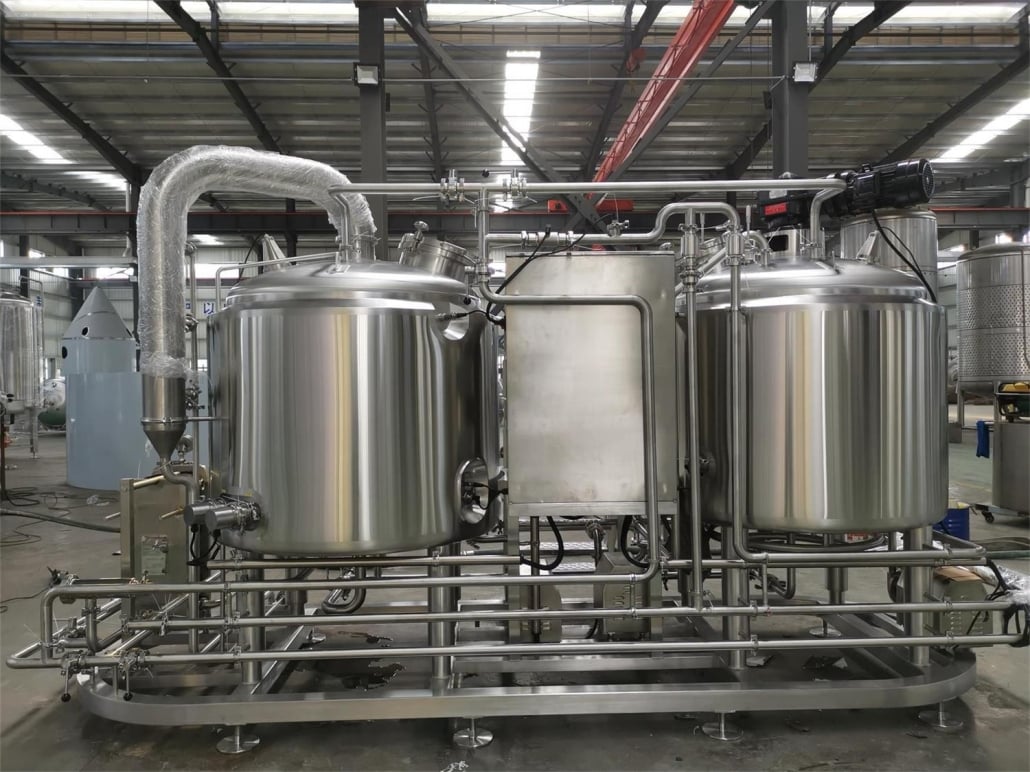
Tips for Using Conical Fermenters Effectively
Maximizing the potential of your conical fermenter requires a bit of know-how. Here are some practical tips:
1. Master Sediment Management
Monitor sediment build-up during fermentation and remove it regularly. This keeps your beer clear and reduces unwanted flavors.
2. Maintain Optimal Temperature
Invest in a temperature control system or cooling jacket to maintain consistent fermentation temperatures.
3. Clean Thoroughly
After each use, clean your fermenter thoroughly to prevent contamination. Use a CIP system or manual cleaning tools with non-abrasive cleaning agents.
4. Use Proper Gaskets and Seals
Ensure all seals are airtight to prevent oxygen ingress, which can spoil your beer.
Best Conical Fermentation Tanks in 2025
| Brand & Model | Batch Capacity | Material | Key Features | Price Range |
|---|---|---|---|---|
| SS Brewtech Chronical | 7 gallons | Stainless Steel | Cooling jacket, CIP port | $450 – $600 |
| FermZilla All Rounder | 8 gallons | Plastic | Pressure-compatible | $100 – $150 |
| Blichmann Fermenator | 14 gallons | Stainless Steel | Tri-clamp fittings, sanitary design | $600 – $1,000 |
| Spike Conical Unitank | 15 gallons | Stainless Steel | Pressure-rated, cooling ports | $1,000 – $1,500 |
| Grainfather Conical | 6.5 gallons | Stainless Steel | App-controlled temperature | $500 – $700 |
How to Use Conical Fermentation Tanks
Using a conical fermenter might feel intimidating at first, but it’s easier than you think. Here’s a step-by-step guide:
1. Clean and Sanitize
Before starting, clean and sanitize your fermenter thoroughly to avoid contamination.
2. Transfer Wort
After boiling, transfer your cooled wort into the fermenter using a sanitized hose.
3. Pitch the Yeast
Add your yeast and seal the tank with an airlock to allow CO2 to escape during fermentation.
4. Monitor Fermentation
Check temperature and gravity readings regularly to ensure fermentation is progressing smoothly.
5. Remove Sediment
As sediment accumulates in the cone, open the bottom valve to remove it without disturbing the beer.
6. Transfer and Package
Once fermentation is complete, transfer your beer to kegs or bottles using the bottom valve, minimizing oxygen exposure.
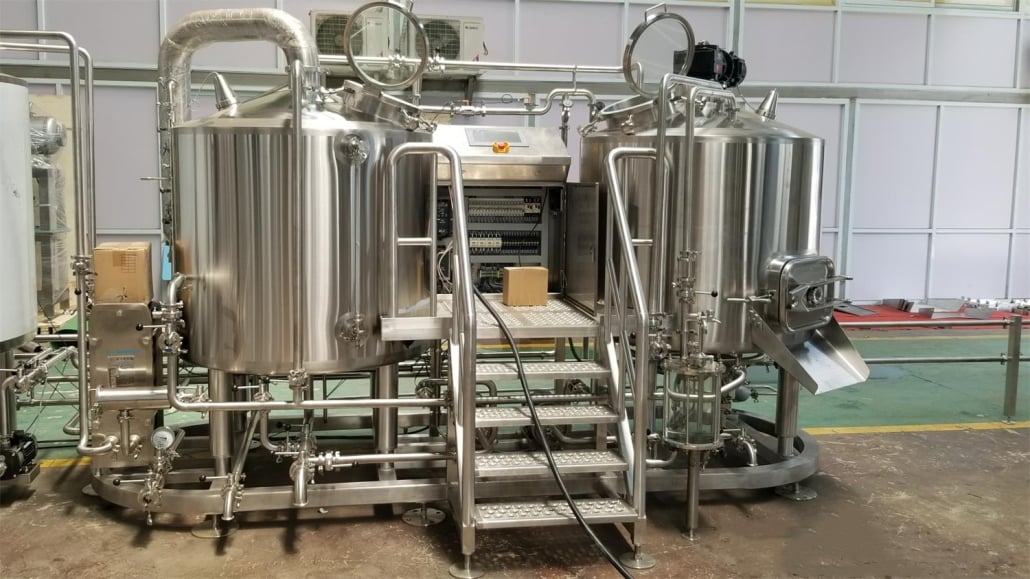
FAQ
| Question | Answer |
|---|---|
| What size conical fermenter should I buy? | Choose a tank slightly larger than your batch size to allow headspace for fermentation. |
| Are stainless steel fermenters worth the cost? | Yes, for their durability, hygiene, and temperature control. |
| Can I ferment under pressure? | Many conical fermenters support pressure fermentation; check the specifications. |
| How do I clean a conical fermenter? | Use non-abrasive cleaners and, if possible, a CIP system for thorough cleaning. |
| Are conical fermenters suitable for beginners? | Yes, but they’re more of an investment for serious brewers. |
Share this entry
Interested in learning more about Brewing Systems including additional details and pricing information? Please use the form below to contact us!
YOLONG BREWERY EQUIPMENT FAQS
- Commercial Brewery / Craft Brewery / Microbrewery / Nanobrewery
- What is The Difference Between Craft Beer and Industrial Beer?
- The Bespoke Differences In Custom Brewing Systems
- Everything You Need to Know About Kettle Souring
- How to Choose Brewing Equipment for Your business?
- How To Choose The-Best Partner To Build Your Commercial Microbrewing System?
- Two Detection Sensors That You Need To Use In Your Brewhouse System
- Remote Control Applications in Brewing Equipment/How does it work?
- How To Clean Your Brand New Brewery Tanks?

